Hello bakers!
My favourite season is here—happy pumpkin month, everyone! As promised, I have attached this set of autumn-y phone wallpapers to this newsletter so we can all enjoy this orange-y season! Share this newsletter and spread the happiness!
Today, I’m going to share exactly how I became an illustrator. In case you didn’t know, I’m a picture book author and illustrator, and my debut picture book is coming out in April 2024! So excitingggg!!!
Now, back to business.
Before I pursued my dream of creating picture books, I worked on illustrations for NGO, cooking studio, design studio and independent businesses such as restaurants, travel agency, etc.

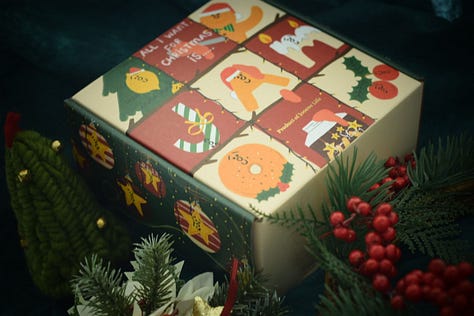
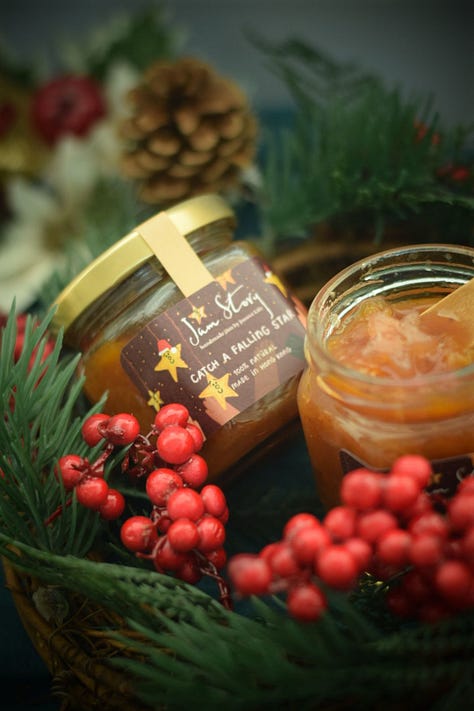
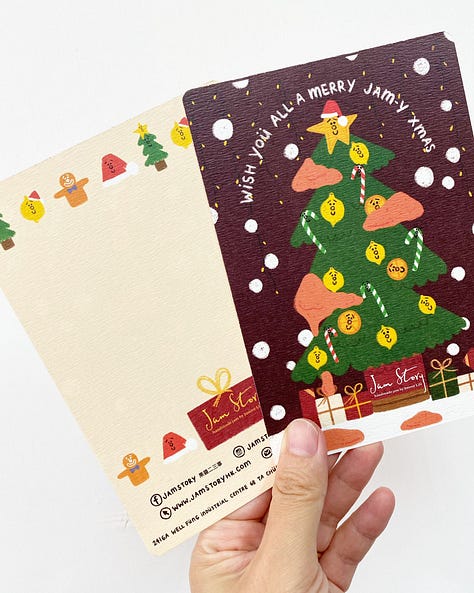
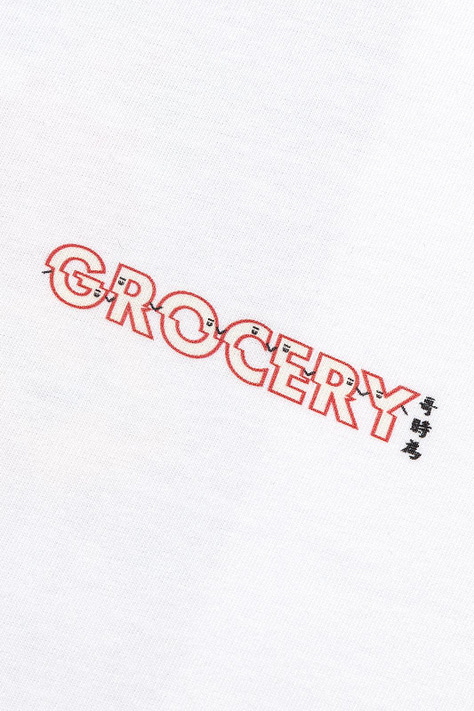


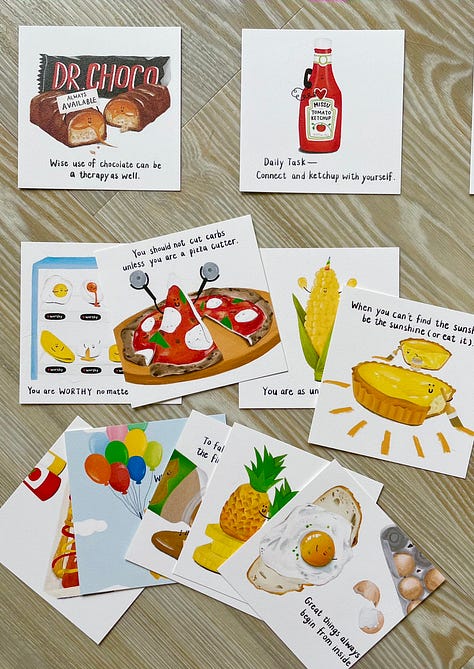
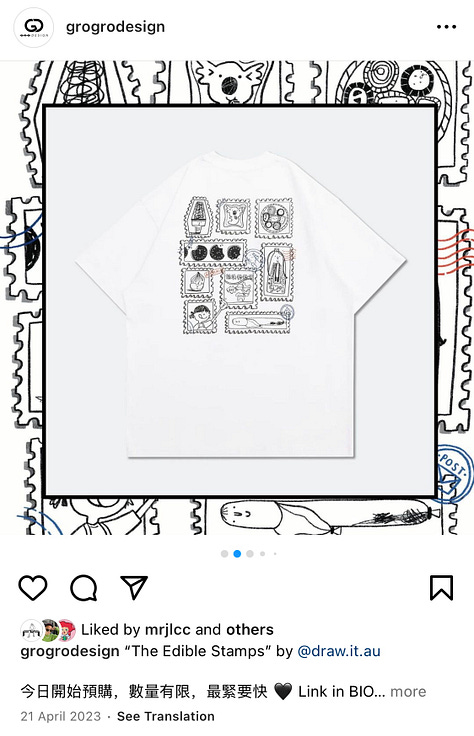
So, how did I find all those clients? Back in 2019, when Instagram's algorithm wasn’t as chaotic as it is today, I shared a lot of work there and reached out to businesses I wanted to collaborate with. I sent private messages to these businesses, offering my services, and even created custom illustrations just for them to grab their attention!
I still didn’t have a proper website at that time.
Where did I learn all of this? As I mentioned earlier, I didn’t have any formal art training or connections AT ALL — not a single friend who drew—when I first started. I taught myself through books, YouTube videos, and podcasts. I’ll be sharing— 7 books that helped me in my career—
How to be a Children’s Book Illustrator by 3dtotal Publishing
This book is like a handbook for creating picture books, covering everything from character development and storytelling techniques to picture book structure and terminology. It helped me grasp the mechanics of how picture books work, and I learned most of my foundational knowledge from it.
Becoming A Successful Illustrator by Derek Brazell & JoDavies
This book covers both the creative and business sides of the industry. It includes practical advice on building a portfolio, marketing yourself, and managing client relationships. The book also explores different types of illustration markets, scary things like legal aspects and financial management.
This is one of my favourite books because it showcases incredible examples of work from illustrators around the world, which makes me feel like there are endless opportunities for everyone in the field. I highly recommend this book if you are still in the process of discovering your creative voice and figuring out which direction to take. I'm confident you will gain valuable insights from it!
How to Get Illustration Clients by Alex Mathers
Alex highlights essential strategies like identifying target clients, building a valuable network, and standing out in a crowded market. This was the first book I owned about the illustration field, and I felt like it gave me a great orientation, almost like attending an “Illustration University.” I read it when I was figuring out the type of illustrator I wanted to be, and it was incredibly helpful. It’s more of a business tool book for freelance illustrators, and I would love to revisit it to refresh my knowledge.
Children’s Writers’ & Artists’ Yearbook by Joseph Coelho
This book is like the “Yellow Pages” of the publishing industry—hopefully, you're familiar with that! It contains contact information for nearly every UK publishing house and agency, plus a few international ones, including emails for art directors, editors, and agents. It also features articles from authors, illustrators, agents, and publishers that offer great industry insights. I used it to track my portfolio submissions in a spreadsheet, following up if I didn’t hear back after 3 months.
Although it's more of a tool book, I personally consider it a self-help book because it kept me sane when I didn’t know where to begin. Making notes and tracking my progress helped me realise I was actually taking steps forward, even though 97% of my emails went unanswered—brutal reality. It gave me a sense of direction and reassurance that I was moving in the right direction, despite the lack of immediate replies.
Writing Picture Books by Ann Whitford Paul
This book is a step-by-step guide to writing a picture book. In each chapter, the author explains a concept using examples, followed by tasks to help readers practice the technique. To get the most out of it, you will need to spend time completing these tasks. I only finished the first 4 chapters but still found it very helpful as a beginner.
The downside is that it's not an art book, so as a visual person, I found it harder to stay focused on just the text—that’s why you can often find me in the children's section at a bookstore! (Sorry, not sorry!) I’ll definitely revisit it when I have more time. I would recommend it to complete beginners who haven’t written a story before.
The Artist’s Way by Julia Cameron
This is a self-help book aimed at unlocking creativity. It’s structured as a 12-week program designed to help artists overcome creative blocks, tap into their creative process, and rediscover their passion.
I joined a book club run by my friend Jenny and finished it with a group of lovely creatives—it kept me accountable. We met weekly to discuss the tasks and our thoughts. While the program is time-consuming, with tasks and daily journaling (Morning Pages), it helped me understand myself better, confront my fears, and reconnect with my inner child.
One of the biggest takeaways from this book is developing the habit of writing Morning Pages. While I don’t do it every day, whenever I feel stuck or overwhelmed, this practice has been incredibly helpful. It allows me to clear my mind, understand what’s really going on inside, and stay grounded.
Picture This by Molly Bang
This is a brilliant book that explains how the composition of images and shapes influences the emotions of an audience. The author uses simple shapes and language to break down the theory behind visual composition. It’s one of the few art theory books I’ve read that doesn’t feel boring!
These are the 7 books that have helped me both technically and mentally on my journey as an illustrator. At times, I’ve felt less qualified than others because I didn’t attend an art institute, but I believe that’s part of what shaped me as an artist today. I’m not saying you need all these books to become an illustrator—and I earn no commission from recommending them—but it’s crucial to keep educating yourself, stay curious, and continue learning. That’s what I believe is key to improving your skills!
Hope you find this helpful!
Don’t forget to share this newsletter and the wallpapers to your friends. Let’s build a lovely community together! :D

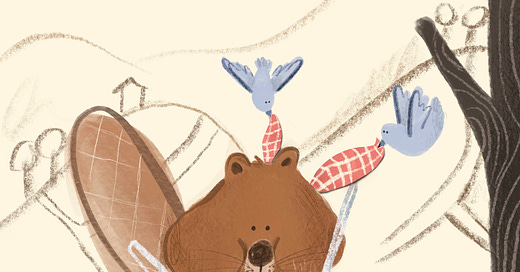



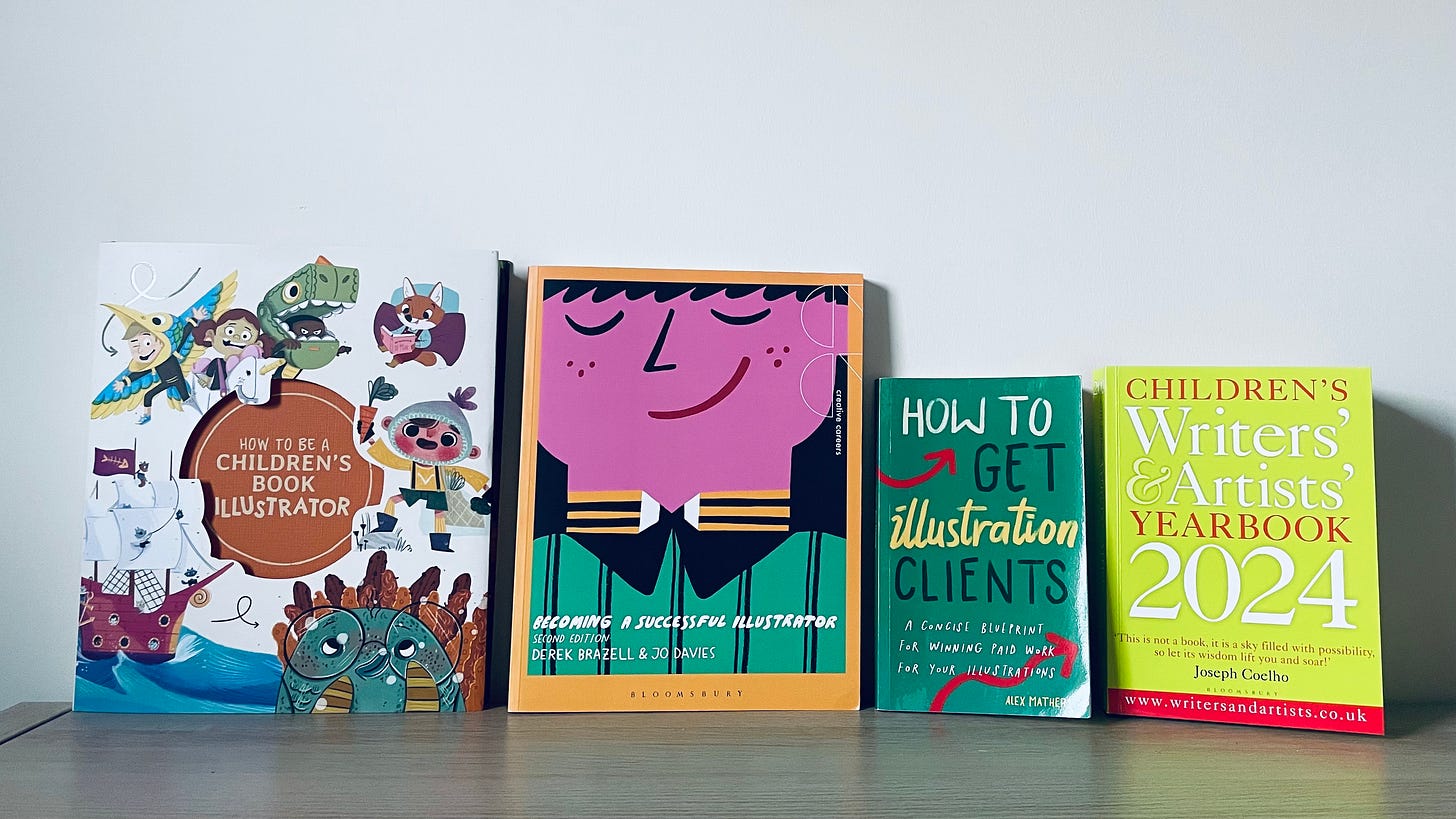
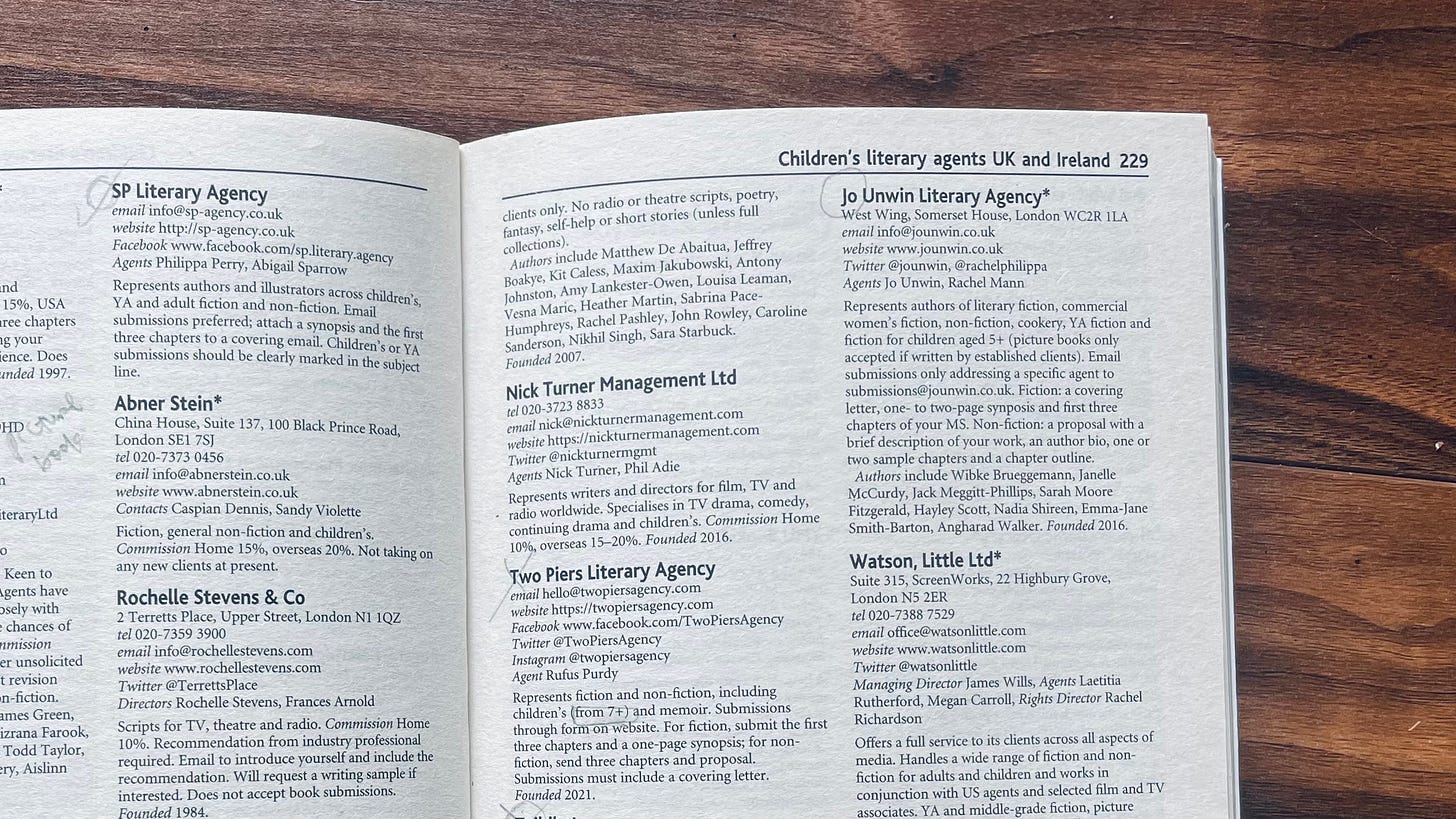
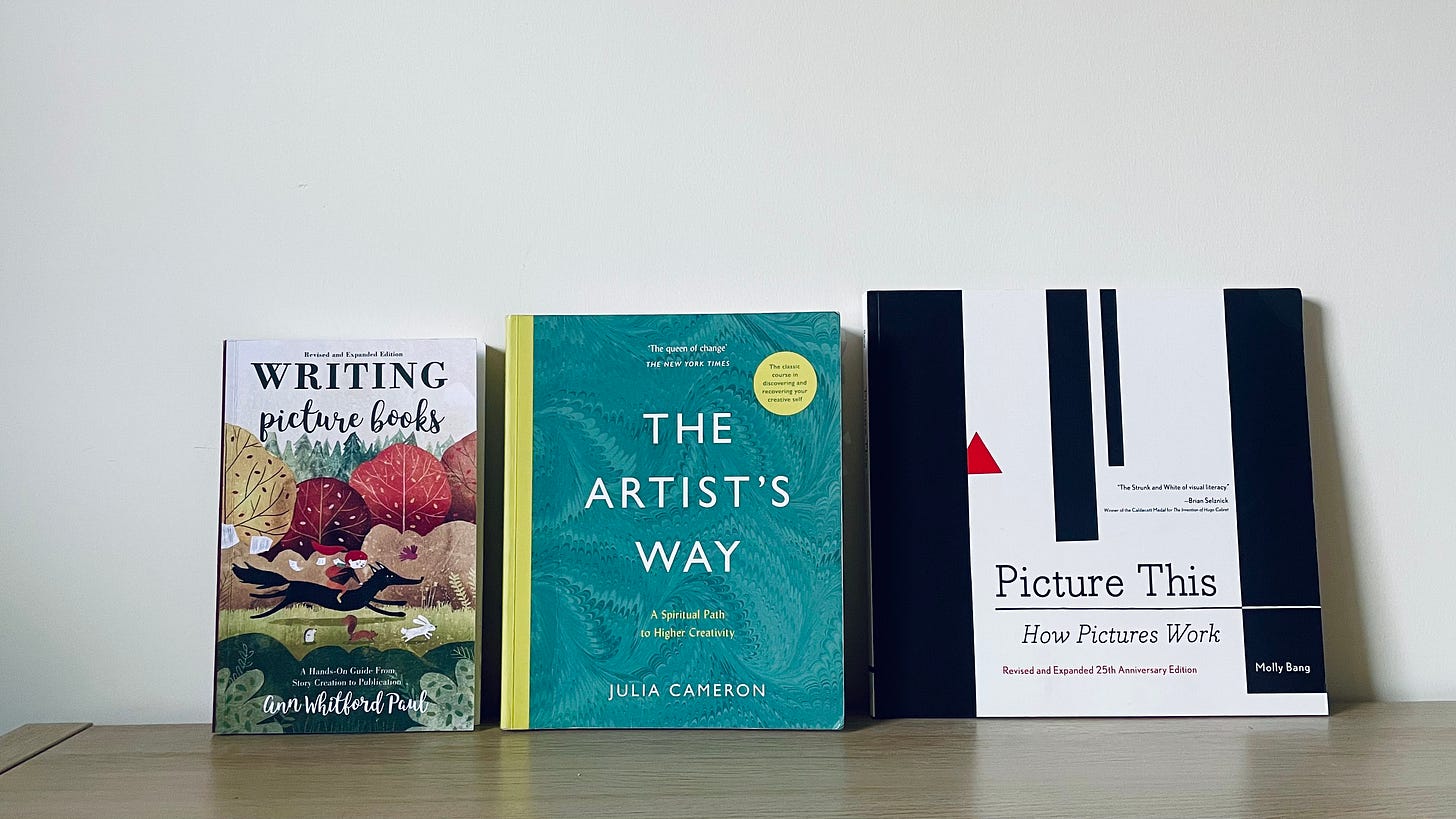
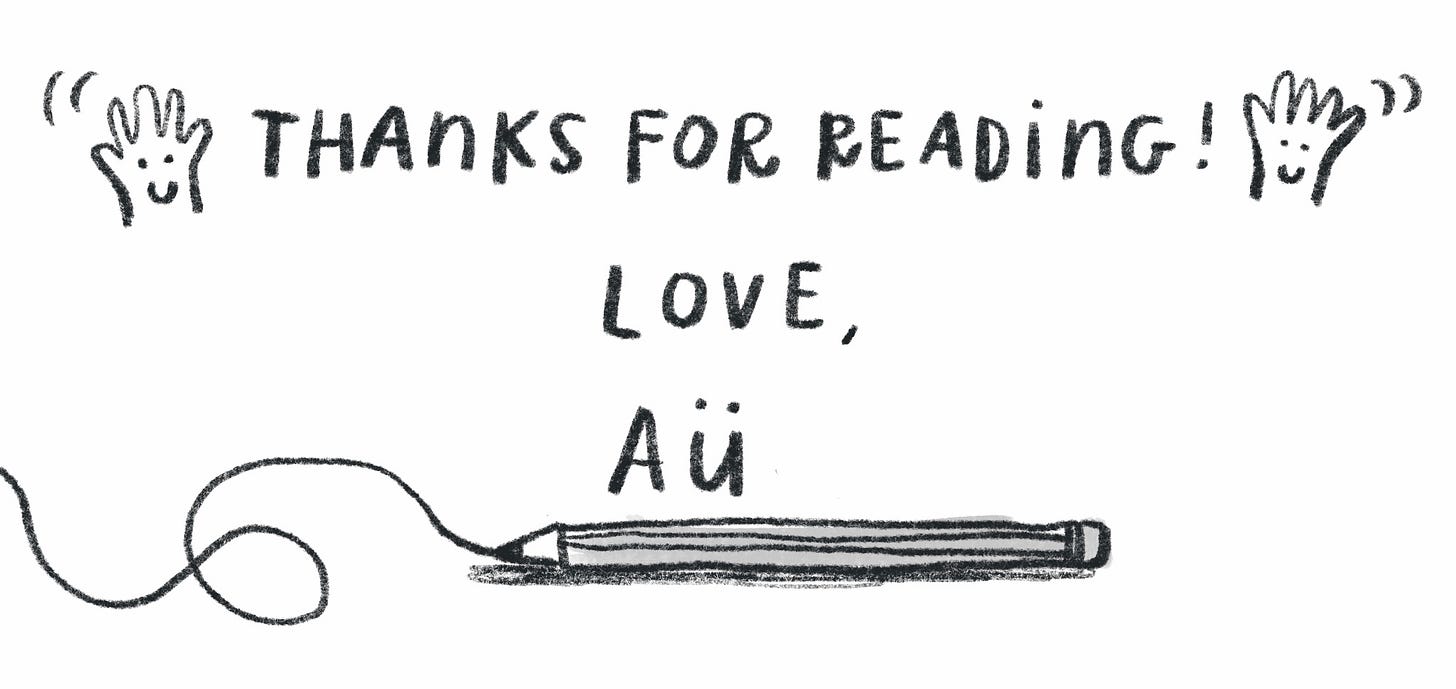
I love the 3dtotal Publishing books! Fundamentals of Character Design is also great for anyone wanting to sharpen their skills in illustrating characters. Highly recommend it! It’s got an entire library of facial expressions and character positions that is an excellent reference. Also love Picture This by Molly Bang (was the very first book I bought on picture book illustration that I still refer back to all the time). Thank you for sharing! ☺️
Books provide great insights, inspiration, skills and knowledge to succeed in the journey of our dream life.